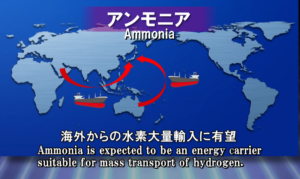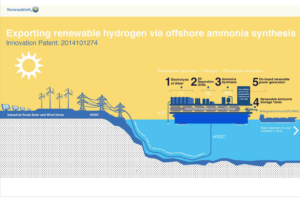NH3 Energy Implementation Conference: A Brief Report
The 2018 NH3 Energy Implementation Conference, the first of its kind, took place on November 1 in Pittsburgh, Pennsylvania in the U.S. The focus of the Conference was on steps – current and future – that will lead to implementation of ammonia energy in the global economy. At the highest level, the Conference results validated the relevance and timeliness of the theme. In the words of closing speaker Grigorii Soloveichik, Director of the U.S. Department of Energy’s ARPA-E REFUEL Program, the Conference strengthened his confidence that “ammonia is a great energy carrier ... with billions of dollars of potential in prospective markets.”








